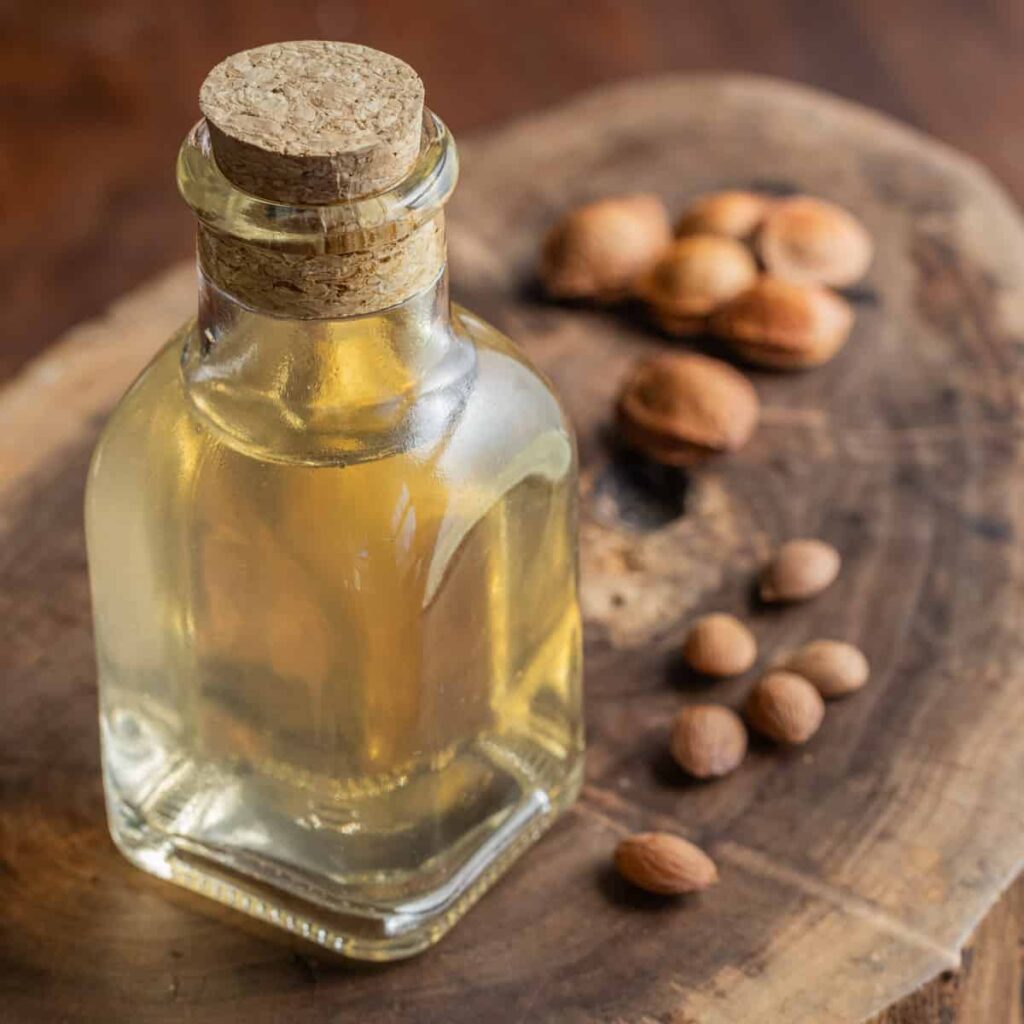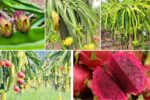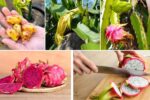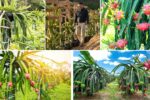Almond extract, a concentrated liquid flavoring derived from bitter almonds or apricot kernels, has become a staple in the global food and beverage industry. Revered for its strong, sweet, nutty aroma and flavor, almond extract is used extensively in baking, confectionery, dairy, and specialty cuisines. Its intense flavor makes it an essential ingredient in almond pastries, cookies, cakes, marzipan, and even beverages. With demand rising across developed and emerging markets alike, the global almond extract industry is growing rapidly.
But behind this global success lies the question: which country is the largest almond extract producer in the world? This thesis delves into the global almond extract market, explores key production processes, examines industry trends, and reveals the leading country in production with supportive data and insights.
The Essence of Almond Extract

Almond extract is typically made by combining bitter almond oil with ethyl alcohol, resulting in a potent liquid flavoring agent. In some cases, it’s derived from apricot pits or other stone fruits due to their similar benzaldehyde content—the compound responsible for the signature almond flavor. The extract is highly concentrated, so only small amounts are needed in recipes.
There are two primary types:
- Natural Almond Extract – Derived from bitter almonds or apricot kernels.
- Imitation Almond Extract – Made synthetically, usually from benzaldehyde sourced from chemicals or natural fruits like cassia bark.
Global Demand for Almond Extract

Almond extract has carved a niche in global culinary cultures. From Italian biscotti and German stollen to Indian sweets and American almond cakes, its usage transcends borders. With increasing interest in artisanal baking, clean-label ingredients, and plant-based flavorings, demand for almond extract continues to rise—especially in North America, Europe, and Asia-Pacific.
Major consumers include:
- Food & Beverage Manufacturers
- Bakeries
- Ice Cream and Confectionery Brands
- Household Kitchens
The clean-label movement and rise in plant-based diets further contribute to almond extract’s popularity as a natural flavoring alternative to synthetic additives.
Almond Cultivation and Extract Production: A Symbiotic Chain

To understand almond extract production, it’s essential to consider almond cultivation itself. Countries that grow almonds at scale are naturally more inclined to process them into value-added products like almond extract. Bitter almonds, primarily used for extract, are toxic in their raw form due to amygdalin, but the distillation process eliminates this risk, leaving behind a safe and flavorful extract.
Top Almond Producers in the World (Raw Almonds):
- United States (especially California)
- Spain
- Iran
- Morocco
- Italy
Of these, California, USA, dominates—producing over 80% of the world’s almonds. However, extract production doesn’t always mirror raw production, as the processing infrastructure, demand, and R&D capacity also play critical roles.
Which Country Is the Largest Almond Extract Producer in the World?

The United States, particularly California, is the largest producer of almond extract in the world.
Why the United States Leads:
- Almond Abundance:
- California produces around 2.5 million metric tons of almonds annually (as of recent USDA data).
- While sweet almonds dominate, bitter almond production and processing are concentrated within specialty sectors, primarily for extract and oil.
- Advanced Food Processing Infrastructure:
- The U.S. has world-class facilities dedicated to flavorings and extracts.
- Leading companies such as McCormick & Company, Nielsen-Massey Vanillas, Frontier Co-op, and OliveNation operate large-scale production units and export globally.
- R&D and Quality Standards:
- The U.S. invests heavily in food technology and innovation.
- Almond extract from the U.S. is regulated by the FDA, ensuring consistent quality, purity, and labeling—making it a preferred choice for global buyers.
- Export Networks:
- The U.S. exports almond extract to Europe, Canada, Japan, India, and other regions.
- American almond extract brands are widely available in global supermarkets and e-commerce platforms.
Other Notable Almond Extract Producers

While the United States is the global leader, other countries contribute to the international supply of almond extract.
1. Spain:
- As the second-largest almond producer, Spain has a growing almond extract industry.
- Spanish producers often focus on natural and organic variants, catering to premium markets.
2. Germany:
- Known more for processing and flavor innovation than raw almond production.
- Germany has several flavoring companies that import raw ingredients and manufacture almond extract for European distribution.
3. India:
- Growing demand for western-style bakery products has spurred local almond extract production.
- India often imports almond oil or essence and uses it in its vast sweet-making industry.
4. China:
- A rising player in the flavoring industry.
- China manufactures almond flavorings (both natural and synthetic), often for domestic consumption and low-cost exports.
The Role of Almond Extract in the Global Food Economy
Almond extract, although a niche product compared to raw almonds or almond milk, plays a critical role in premium food manufacturing. It represents value addition and reflects the economic potential of agricultural processing.
Market Size:
- The global flavor and fragrance market was valued at over $30 billion in 2024.
- Almond extract contributes to this as a specialized sub-segment.
- U.S.-based McCormick & Company, the largest flavoring company globally, reports consistent demand for nut-based and baking flavor extracts.
Challenges in Almond Extract Production
Despite its success, the almond extract industry faces some challenges:
- Availability of Bitter Almonds: Not all almond-growing regions cultivate bitter almonds due to their toxicity and limited culinary use.
- Food Safety Regulations: Strict import/export laws related to natural extracts can complicate trade.
- Imitation vs. Natural Debate: The growing presence of synthetic almond flavoring raises ethical and labeling concerns.
Sustainability and the Future of Almond Extract
Sustainability is becoming central to almond agriculture, especially in California, where water usage and climate change are major issues. Sustainable farming practices, water-efficient irrigation, and eco-friendly extract production are being emphasized.
Additionally, consumer preference is shifting toward organic, non-GMO, and fair-trade certified extracts, which will likely shape the future of the market. Countries with infrastructure and certification capabilities—like the U.S.—are best positioned to lead.
Conclusion
After a detailed exploration of global trends, production infrastructure, and market dynamics, it is evident that the United States is the largest almond extract producer in the world, thanks to its massive almond cultivation in California, advanced food processing capabilities, and global trade networks.
As consumer demand for clean-label, natural flavorings grows, almond extract will continue to thrive—especially if sustainability and innovation remain at the forefront. For researchers, policymakers, and industry stakeholders, the almond extract industry offers not only a glimpse into the world of niche flavorings but also a blueprint for agricultural value addition done right.







Leave A Comment